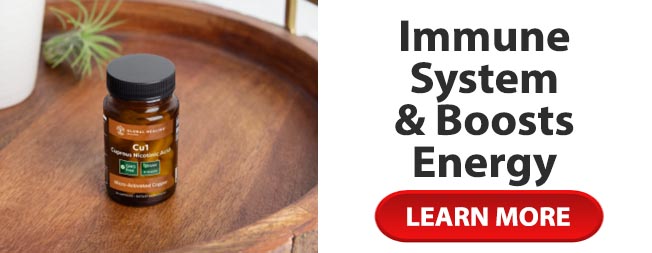Athlete\’s foot is a skin disease caused by a fungus that generally affects the area between the toes. The fungus that generally causes athlete\’s foot is known as Trichophyton.
The fungus typically attacks the feet because shoes create a warm, dark, and humid atmosphere which stimulates fungus development.
The warmth and sogginess of places near swimming pools, showers, and locker rooms also add fuel to the breeding of fungi. As the infection was widespread among athletes using these facilities frequently, the term \”athlete\’s foot\” came into stay it is also known as tinea pedis.
What else causes foot rashes?
Many things may cause foot rashes and Athlete\’s foot is one of the frequent causes. An irritant or contact dermatitis, allergic rashes from shoes or other creams, dyshidrotic eczema (skin allergy rash), psoriasis, keratodermia blenorrhagicum, yeast infections, and bacterial infections also may contribute to foot rashes.
Your dermatologist or podiatrist (a foot doctor) can identify if you have athlete\’s foot performing a simple test called a KOH, or potassium hydroxide to search for any microscopic fungal infection, in the office or laboratory to confirm the presence of a fungal infection. This test is performed collecting small flakes of skin examined under the microscope. Many dermatologists perform this test in their office itself with results available within minutes. Very often, a small piece of skin may be removed and sent for biopsy to help confirm the diagnosis.
Symptoms
Cases of athlete\’s range from mild to severe. A person having it may have a rash causing itchiness and burning sensation. Other signs and symptoms include:
Bumps on the feet
Cracked, blistered, or peeling areas, frequently between the toes
Redness and scaling on the soles of the feet
Skin between the toes may look \”tacky\” along with an unpleasant odor
Rash spreading to the instep (inside part of the foot)
Raw skin from scratching
Athlete\’s foot may extend to the soles of the feet and to the toenails along with other parts of the body, particularly the groin and underarms, by those who scratch the site of the infection and then touch themselves elsewhere. The fungi causing athlete\’s foot may give you trouble for a prolonged period.
As a result, the infection may be spread by unhygienic bed sheets or clothing to other parts of the body. Allergic response to the fungus is termed as an \”id reaction”.
Treatment
Fungicidal and fungistatic chemicals are used for athlete\’s foot treatment but they often fail to contact the fungi in the rough layers of the skin. Topical or oral antifungal drugs are prescribed in case of severity.
In mild cases of the infection it is vital to keep your feet dry by dusting foot powder in shoes and hose. The feet should be washed frequently and all areas surrounding the toes should be dried properly.
Another option of treatment is the application of antifungal creams and washes. Many medications are can be found, such as miconazole, clotrimazole, terbinafine (Lamisil) sprays and creams, and ketoconazole shampoo and cream, etc.Ask your health-care provider or pharmacist for a useful recommendation. Treatment for athlete\’s foot needs to be continued for 4 weeks, or at least one week after all of the skin symptoms have disappeared.
Home remedies:
Prevention
Several people develop athlete\’s foot at least once in their lifetime. Some will experience it more often. To help avoid it follow instructions given below:
Wash your feet daily
Dry your feet thoroughly, especially the areas between the toes.
Sometimes choose to go barefoot at home; especially at night.
Avoid wearing tight or synthetic footwear as it doesn\’t allow your feet to \”breathe.\”
Wear sandals around pool areas, public showers, and gyms to steer clear of the fungus.
Wear socks that soak up wetness. Cotton is one material that helps profusely.
Change your socks every day (or more frequently) if they get wet.
Get hold of antifungal powder to put in your sneakers or shoes
Spray your shoes with a disinfectant and set them in out in the sun to help kill germs.
Avoid sharing towels or footwear.
Keep home bathroom surfaces clean and dry- particularly showers and tubs.

